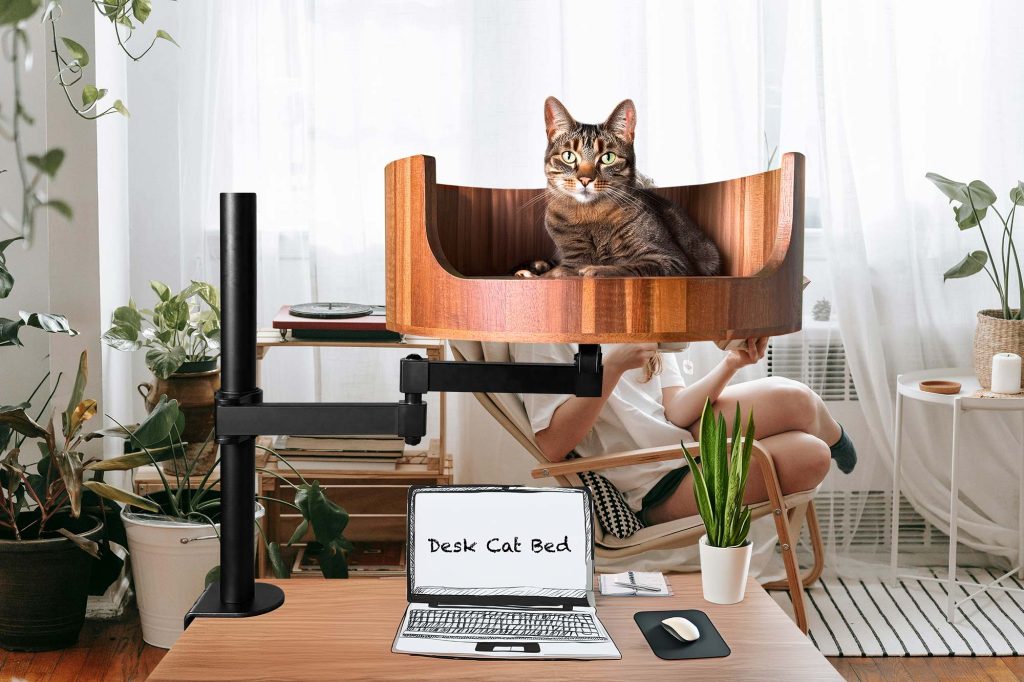Have you ever wondered what your cat is trying to communicate when they wag their tail? Cats are known for their mysterious and sometimes unpredictable behavior, and understanding why they wag their tail can provide valuable insights into their mood and feelings. In this article, we will delve into the fascinating world of feline behavior, exploring the reasons behind tail wagging and how it can help us better understand our furry feline friends.
From the playful flick of a tail to the aggressive thrashing, a cat’s tail can convey a wide range of emotions. By deciphering these subtle cues, cat owners can better respond to their pet’s needs and create a stronger bond with their four-legged companions. Along with tail wagging, we will also explore other common feline behaviors, such as purring, kneading, and grooming, shedding light on the complex world of cats and the ways in which they communicate with us. So, if you’ve ever found yourself wondering why your cat wags its tail or what their behavior means, read on to unravel the mysteries of feline behavior and deepen your connection with your beloved pet.
1. Tail wagging in cats can signal various emotions, not just happiness, including agitation, fear, or excitement.
2. Understanding the context of a cat’s tail wagging, such as the position and speed, is crucial to interpreting their mood accurately.
3. Cats may also wag their tails as a communication tool, to express their needs or desires to their owners.
4. It is important for cat owners to pay attention to other body language cues in conjunction with tail wagging to fully understand their cat’s state of mind.
5. By being attentive and responsive to their cat’s tail wagging, owners can better meet their feline companion’s needs and foster a stronger bond.
Understanding the Different Types of Tail Wagging
When cats wag their tails, it may indicate various emotions and moods. A slow and gentle tail wag could signify contentment or relaxation, whereas a rapid and aggressive tail wag could signal irritation or aggression. It’s essential to pay attention to the context in which the tail wagging is happening to accurately interpret your cat’s feelings.
Signs of Stress and Anxiety
Tail wagging can also be a sign of stress or anxiety in cats. If your cat’s tail is puffed up and wagging vigorously, it could be a sign that they are feeling overwhelmed or threatened. Other body language cues, such as flattened ears or dilated pupils, can help you determine if your cat is under stress and needs space or comfort.
Communication with Other Cats
Cats use their tails to communicate with other felines in their environment. A cat may wag its tail as a way to establish dominance or territory or as a form of play or interaction. Understanding your cat’s tail language can help you decode their social interactions with other cats and create a harmonious environment for them.
Healthy vs. Unhealthy Tail Wagging
While some tail wagging is normal and healthy for cats, excessive or abnormal tail wagging could be a sign of underlying health issues. If you notice your cat’s tail wagging persistently or in an unusual manner, it’s essential to consult with a veterinarian to rule out any medical causes for this behavior. Keeping track of your cat’s tail language can help you monitor their overall well-being and address any concerns promptly.
Frequently Asked Questions
What does it mean when a cat wags its tail?
When a cat wags its tail, it can indicate different things depending on the context. In some cases, it may signal that the cat is feeling agitated, anxious, or overstimulated. However, tail wagging can also signify excitement, playfulness, or even just a friendly greeting.
How can the Desk Cat Nest help with tail wagging behavior?
The Desk Cat Nest provides a cozy and secure space for your cat to retreat to when they are feeling overwhelmed or anxious. This can help reduce stress and prevent excessive tail wagging behavior by giving your cat a comfortable place to relax and unwind.
Will the Desk Cat Nest fit my cat?
The Desk Cat Nest is designed to comfortably accommodate most cats, regardless of their size or breed. The spacious interior and soft cushioning provide ample room for cats to curl up and stretch out, ensuring they have a cozy spot to call their own.
Is the Desk Cat Nest easy to clean?
Yes, the Desk Cat Nest features a removable cushion that can be easily washed when needed. The rest of the nest can be wiped down with a damp cloth to keep it clean and free of hair or debris. Keeping the Desk Cat Nest clean will help maintain a healthy and happy environment for your feline friend.
Can the Desk Cat Nest be used in conjunction with other cat furniture?
Absolutely! The Desk Cat Nest is a versatile piece of cat furniture that can be used on its own or incorporated into a larger cat play area or setup. Placing the Desk Cat Nest in a quiet corner or near a window can provide your cat with a cozy retreat while still allowing them to explore and play in their environment.
In conclusion, when cats wag their tail, it often indicates stress or agitation. Providing a comfortable and safe space for your feline friend to relax and unwind is essential in managing their behavior. The Desk Cat Bed offers a cozy and secluded spot for your cat to retreat to, reducing their stress levels and promoting overall well-being. With its durable construction and soft cushioning, this bed is a valuable choice for cat owners looking to keep their furry companions content and calm. Invest in a Desk Cat Bed today and give your cat the comfort and security they need to thrive.


